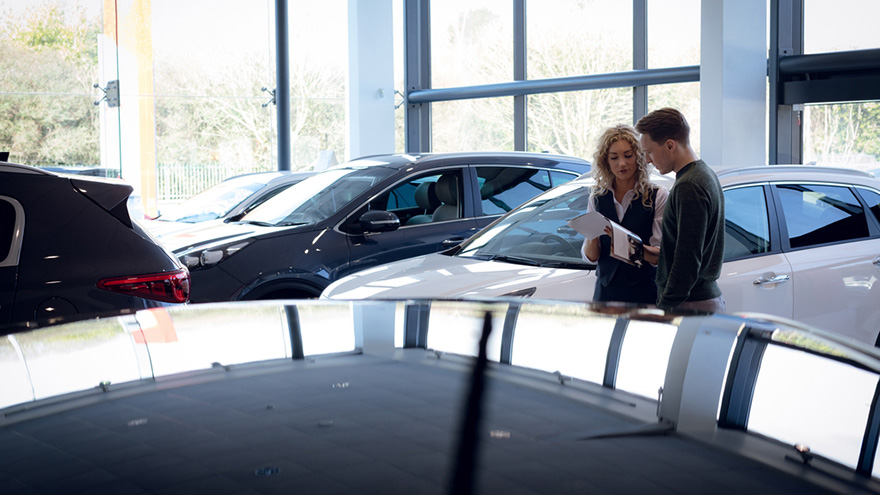California, Texas & New York lead the way in franchised dealership growth

According to the U.S. Census Bureau, three of the four most populated states are California, Texas and New York.
Coincidently, highlights from Urban Science’s 2021 Automotive Franchise Activity Report (FAR) showed those three states generated the most significant state-level changes, too.
Overall, Urban Science indicated last year produced continued stability and slight growth for the U.S. automotive retail network despite far-reaching inventory shortages.
As of Jan. 1, Urban Science reported there were 73 more dealerships (rooftops) in the country compared to the same date in 2021 (18,230 compared to 18,157).
Experts said the number of franchises — brands a dealership sells — decreased slightly from 31,959 to 31,646 during the same period.
Based on the Urban Science report, 85% of core-based statistical areas (CBSAs) in the U.S. remained stable and did not experience net changes related to their respective dealership counts.
Experts then pointed out that the most significant state-level changes were all net increases with California (up 28), Texas (up 12) New York (up 10) accounting for the majority of the U.S. market’s 73 new (net) stores.
In addition to the U.S. dealership footprint’s slight year-over-year growth, Urban Science calculated that average throughput — the number of vehicles a dealership sells — also rose (19 units) to a total of 826 units per store, a level similar to 2012.
And according to the National Automobile Dealers Association, the average U.S. dealership reported a net pretax profit of $3.38 million through October 2021 — a number Urban Science said that’s more than twice what the average store tallied in 2020.
“There’s no doubt 2021 was a lucrative year for franchise dealerships in the U.S., but now more than ever, it’s critical that automotive manufacturers leverage the power of science in informing their network planning strategies,” said Mitch Phillips, global director of data at Urban Science.
“As the chip shortage resolves and additional inventory levels the playing field for consumers in purchase negotiations, a right-sized dealership network — not a reliance on short-term, pandemic-driven consumer willingness to pay more — will continue to be the underpinning of sustainable success now and in the future,” Phillips continued in a news release.


